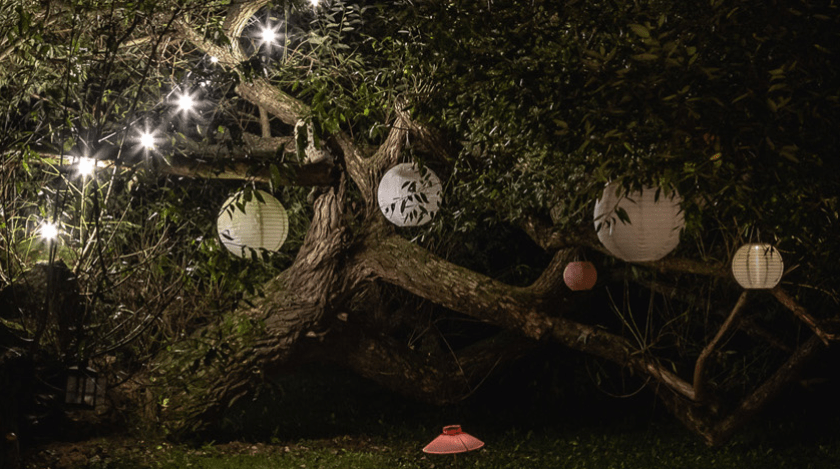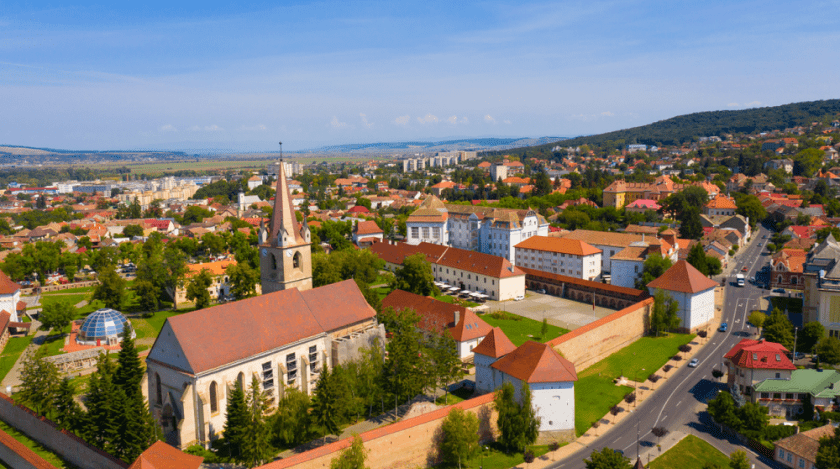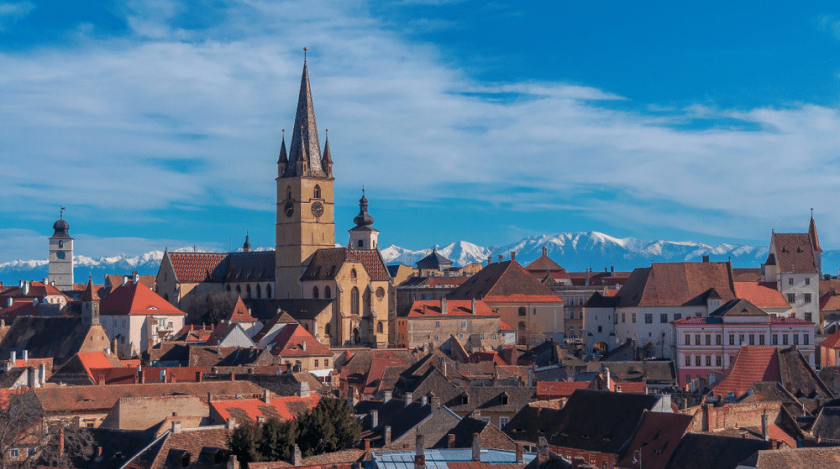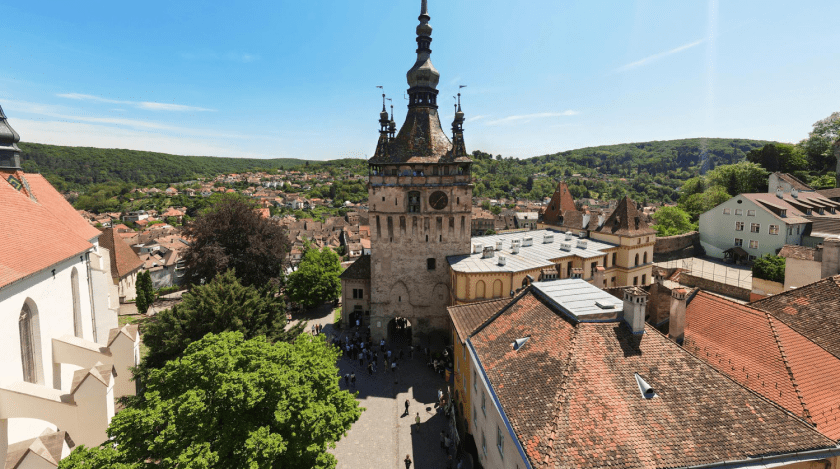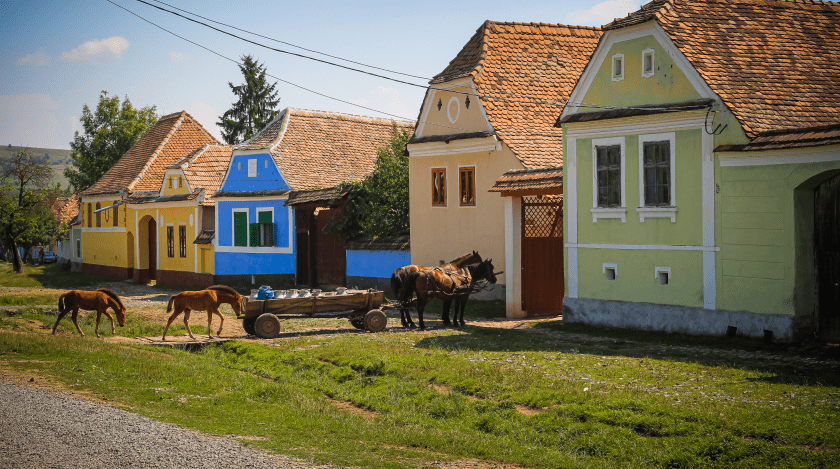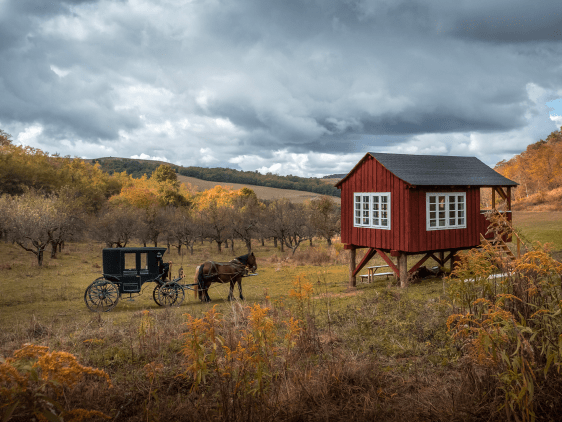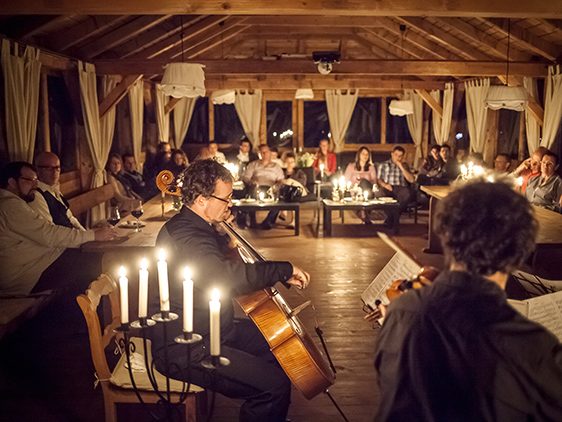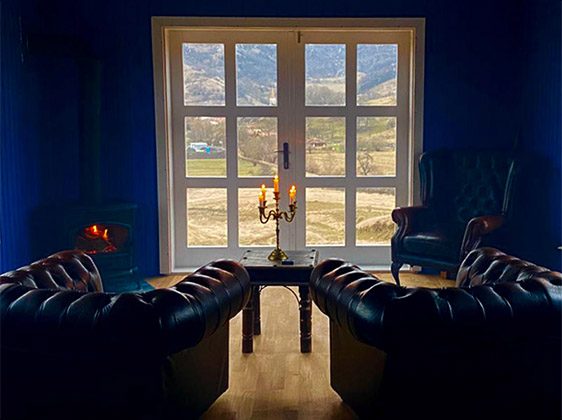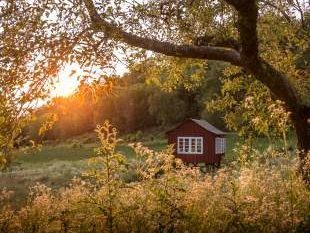Seemingly taken from the pages of a story, the village of Biertan is an oasis of tranquility and authentic history in the heart of Transylvania, in Sibiu County. Set in a natural setting of particular beauty, this place manages to combine rural simplicity with a timeless charm that invites visitors to break away from the hectic pace of modern life and let themselves be conquered by its peaceful atmosphere. In Biertan, every street corner and every house bears traces of times long gone, but still echo in the tranquillity of the village.
In this fairy-tale place, time seems to flow differently, giving those who cross its threshold the opportunity to rediscover the joy of simplicity and the connection with nature. Every visit to Biertan becomes an experience of the soul, a journey to the essential, in a world where ancient traditions and values coexist in almost perfect harmony with the present. This hidden destination in the heart of Transylvania promises to be more than just a trip – an encounter with an authentic way of life, which invites you to see the beauty around you with new eyes.
In the following lines, we invite you to discover it with us and add it to the list of destinations for your next vacation.
- History of Biertan village
- Fortified Church of Biertan
- How to get to Biertan village
- What to visit in and around Biertan
History of Biertan village
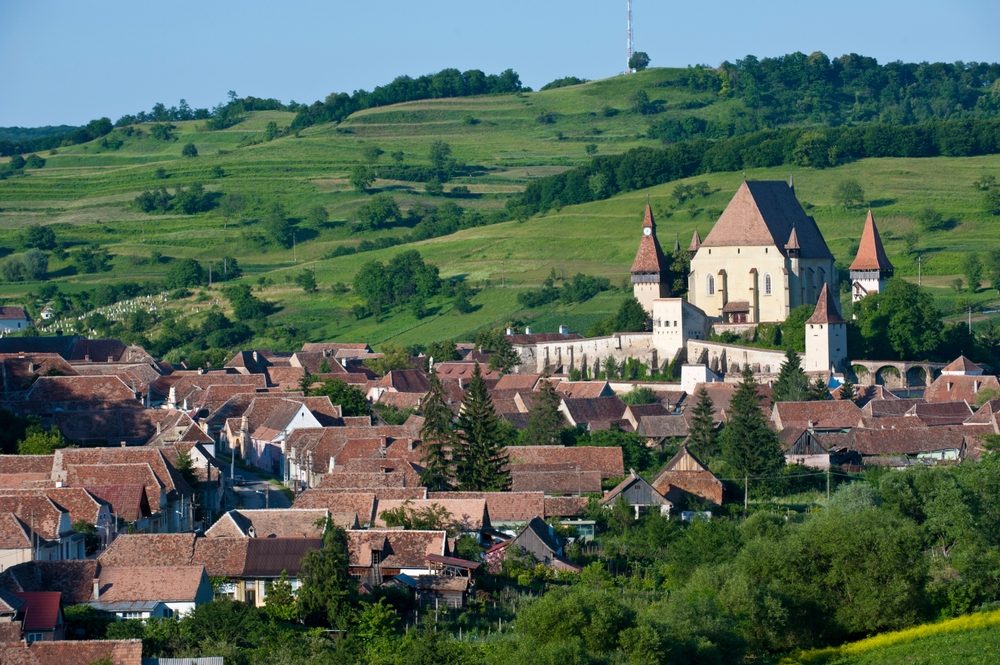
The first documentary evidence of Biertan dates back to 1283, when the settlement is mentioned as “Bierthal” in a medieval document. However, the origin of the village is linked to the process of colonization in the 12th century, when Saxon farmers and craftsmen, who came at the call of the Hungarian king, settled in several settlements in southern and eastern Transylvania. Biertan, known by its German name ‘Birthälm’, became one of these communities and played a major role in shaping the cultural and economic identity of the region.
Located in a picturesque valley, surrounded by fertile hills, Biertan has benefited from an important agricultural development, especially in the wine-growing sector, thanks to the favorable soil for the cultivation of vines. This prosperity led to its growing importance among the Transylvanian Saxon communities, and from the end of the 15th century the village became a major ecclesiastical center, being chosen as the seat of the Evangelical Augustan Diocese. For almost 300 years, between 1572 and 1867, Biertan was the residence of the Transylvanian Saxon bishops, a position which gave it a privileged status.
During this period, Biertan flourished economically and culturally, and the fortified church, one of the largest and best preserved in Transylvania, was built, which became the center of religious and social life. It is surrounded by a system of defensive walls, which illustrates the community’s ability to protect its possessions and inhabitants from Turkish and Tatar invasions, which were frequent at that time. During this period, the Saxons of Biertan also developed their own administrative system, led by a council of elders whose role was to administer the common affairs and maintain order in the community.
The decline began with the loss of the episcopal center status in 1867, when the diocese was moved to Sibiu. This event marked the beginning of a process of declining influence and prosperity of the village. The 20th century brought profound changes in the life of the Biertan community, especially after the Second World War, when the communist regime confiscated much of the Saxon property and a significant number of inhabitants emigrated to Germany. However, even during this difficult period, the village managed to preserve its cultural and architectural identity, becoming a symbol of Transylvanian Saxon tradition.
After the fall of the communist regime in 1989, the locality experienced a renaissance, mainly due to the increased interest in cultural and rural tourism. In 1993, the Fortified Church of Biertan was included in the UNESCO World Heritage List, along with six other fortified churches in Transylvania. This brought an influx of visitors eager to discover this place steeped in history. Today, although the Saxon population is considerably reduced, their cultural heritage is well preserved, and Biertan remains a popular destination for those wishing to explore the history, traditions and rural beauty of these places.
👉 Want to have a relaxing vacation but also explore the village of Biertan? Choose one of the newly renovated houses in traditional Saxon style, equipped with all modern comforts, ideal for families with children, from the accommodation Valea Verde Retreat.
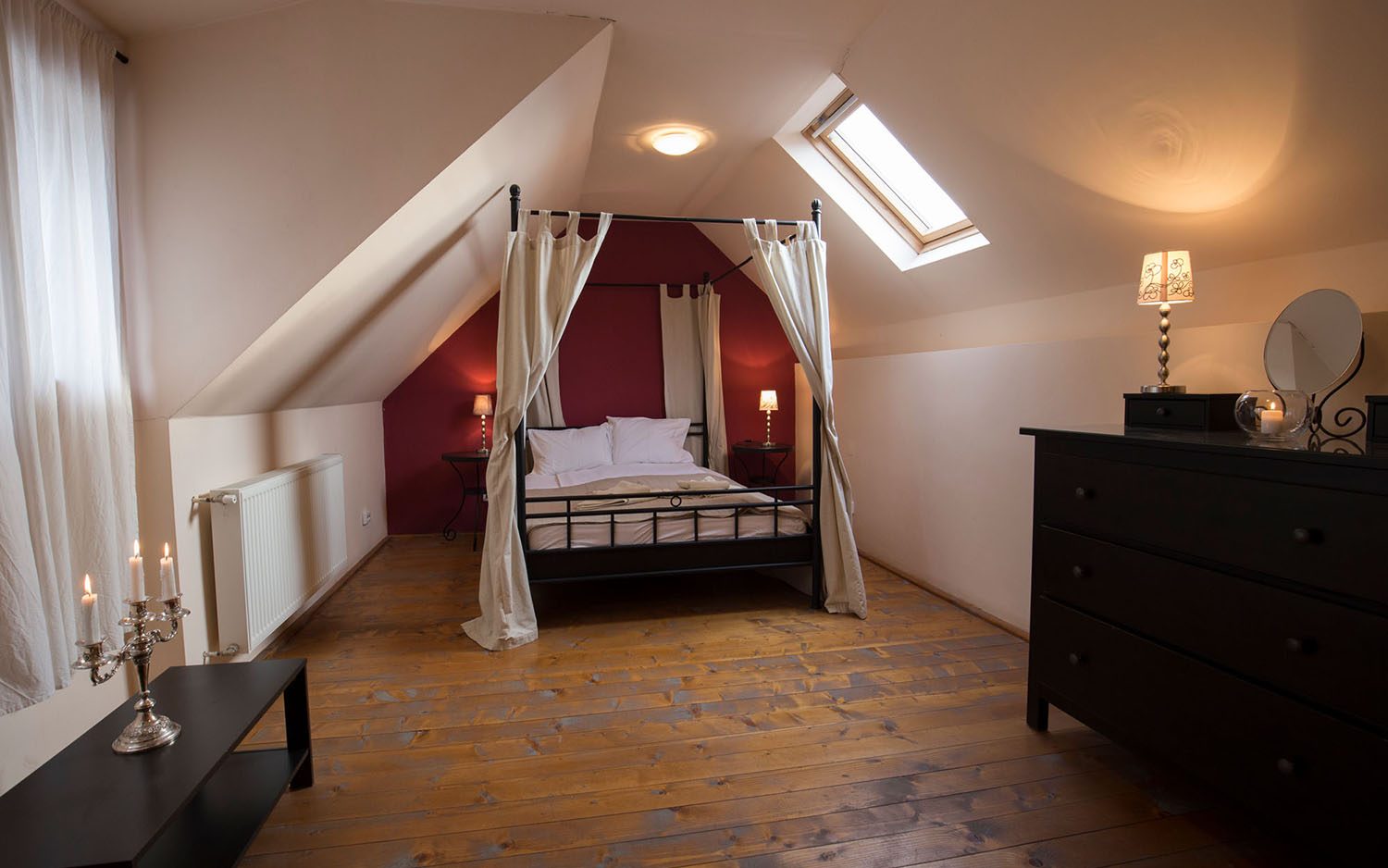
The Fortified Church of Biertan is one of the most impressive and well-preserved medieval churches in Transylvania, with a long history, reflecting both the religious influences and the socio-political context of the region.
Built on a hill overlooking the village, the church served not only as a place of prayer, but also as a defensive fortress against invasions and external attacks. With its massive architecture and system of fortifications, it is a masterpiece of medieval Saxon engineering and has been a UNESCO World Heritage Site since 1993.
Fortified Church of Biertan
The first documentary evidence of the church in Biertan dates back to the 14th century, when there was an early Gothic style church, probably much more modest than what we see today. Between 1490 and 1520, the local Saxon community decided to build a new, larger and more imposing church to meet the spiritual and defensive needs of the village. It was built in the late Gothic style with Renaissance influences, one of the last fortified churches built in Transylvania before the decline of this form of defense.
For almost three centuries, the church has been a symbol of religious power and community unity, serving both to maintain the faith and to defend the village against external dangers.
Church architecture
The church of Biertan impresses by its size, being one of the largest in Transylvania. The building has a massive structure with a single central nave flanked by strong buttresses supporting the cross-shaped vaults. The interior of the church is elegant and imposing, retaining characteristic Gothic elements such as colored stained-glass windows, pointed arches and delicate sculptures.
One of the most valuable elements of the church is the polyptych altar, realized in the 16th century, one of the largest in Transylvania. It contains 28 painted panels depicting biblical scenes of remarkable beauty. The altar is an outstanding example of late Gothic art, decorated with fine details, carved and painted with great skill.
Another unique architectural feature is the sacristy door, famous for its complex locking system dating back to the 16th century. The door has a locking mechanism consisting of 19 latches that can be operated simultaneously with a single key. This ingenious system was designed to protect the church’s treasures and objects of worship, and is considered an outstanding example of medieval engineering.
Fortifications and defensive elements
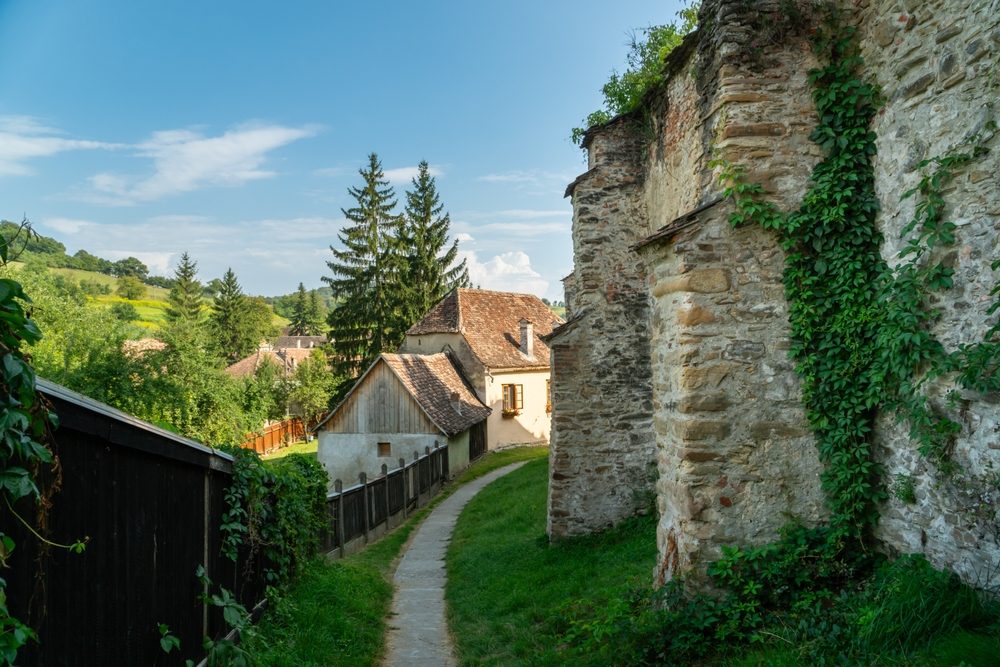
A complex system of fortifications has developed around the church, making it one of the best defended fortified churches in Transylvania. The massive walls surrounding the church were built in several stages and are reinforced with towers and bastions. The church is protected by three rows of concentric walls, which have been reinforced over the centuries according to the defensive needs of the community.
Among the towers surrounding the church are the Larders’ Tower, where the villagers stored their provisions in times of siege, and the Gate Tower, which provides the main access to the fortified enclosure. The defense system was complemented by watch roads and defensive galleries, which allowed the locals to defend themselves effectively against Turkish and Tatar attacks.
Heritage objects and cultural heritage
Over the centuries, the Church of Biertan has amassed an impressive collection of heritage objects. In addition to the polyptych altar and the mechanism of the sacristy door, the church also preserves original furniture from the medieval period, including carved wooden strangers. The choir stalls date back to the 16th century and have richly decorated ornamental details with floral and geometric motifs.
The church also preserves several old bells (one of which dates back to 1496), which have served both to call the church to service and to warn the community in case of danger, and are an important part of local history.
In modern times, the Fortified Church of Biertan has been restored several times, while preserving its historical and architectural authenticity. Its recognition as a UNESCO World Heritage Site has reinforced the church’s status as a monument of international importance. Today, the Church of Biertan attracts thousands of visitors every year, who come to discover not only the architectural beauty of the place, but also the rich history of the Transylvanian Saxons and their influence on the culture and civilization of this region.
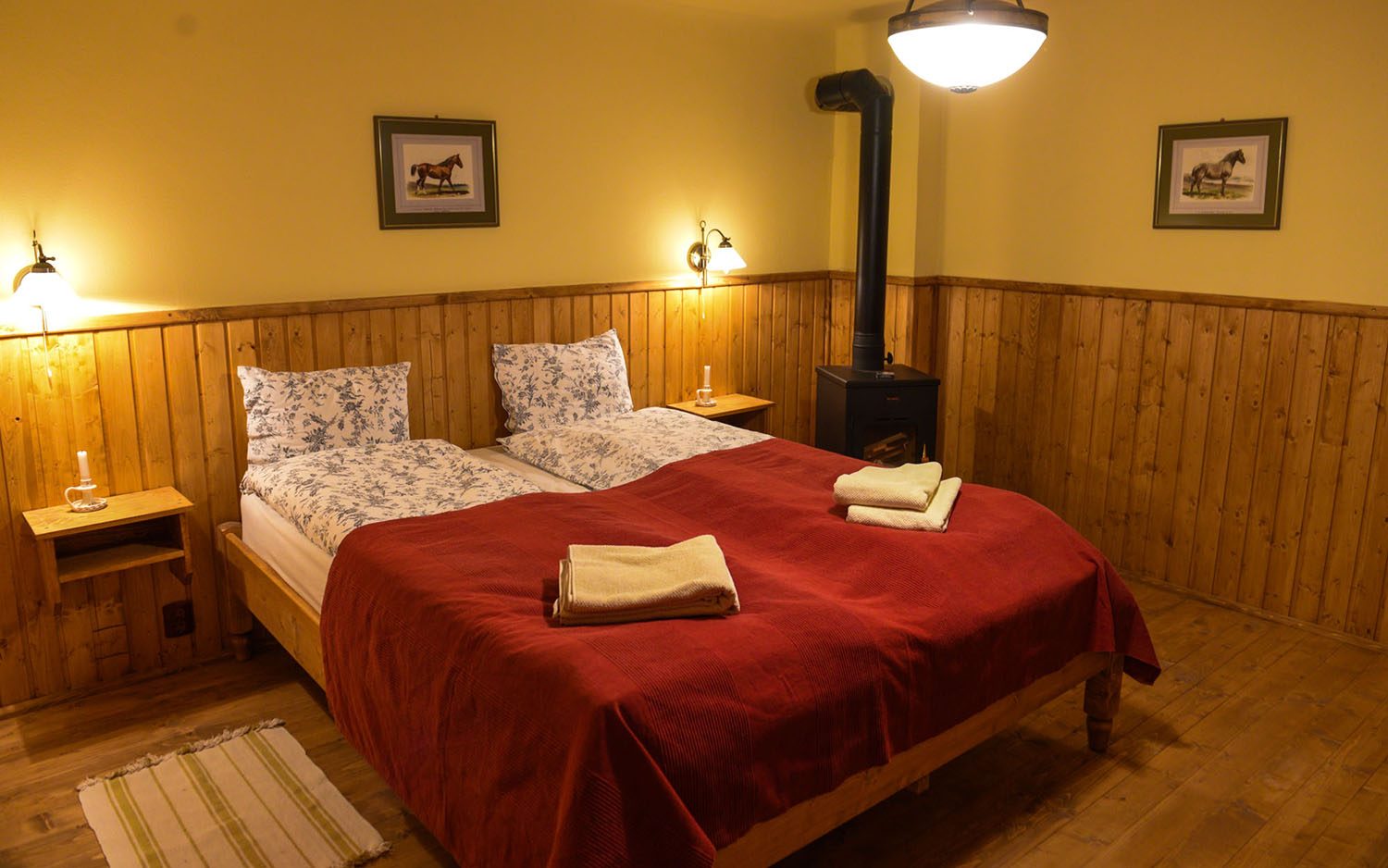
👉 If you’re planning to bring the little ones on a visit to Biertan, you’ll need tailor-made accommodation that will ensure they’re comfortable at home. Choose Casa Bierzahn, with two bedrooms and furnishings crafted in Transylvanian oak, garden, gazebo and barbecue platform.
How to get to Biertan village
Thanks to its location between major cities such as Sibiu, Sighișoara and Târgu Mureș, Biertan is relatively easy to reach from most parts of the country.
Access by plane
The nearest airport is Sibiu International Airport, about 80 km from the village. From here, you can rent a car or use a shuttle service to Biertan, which takes about 1 hour and 30 minutes on national roads. Other accessible airports are Târgu Mureș International Airport and Cluj-Napoca International Airport.
Access by private car
If you prefer to drive, Biertan is well connected to the national roads, making access by car quite simple.
- From Bucharest, the distance is about 300 km and the trip takes about 5 hours. The most common route follows the A1 highway to Pitești, then the E81 European road through Râmnicu Vâlcea and Sibiu, from where you’ll follow the DN14 to Biertan.
- From Sibiu: Biertan is only 80 km away and the trip takes about 1 hour and 30 minutes. The route passes through Mediaș on the DN14 and brings you quickly to the village of Biertan.
- From Brasov – 150 km to Biertan, with a journey time of about 2 hours and 30 minutes, passing through Rupea and Sighisoara on DN13, and from there on DN14 and DJ141B.
- From Sighișoara it’s 30 km to Biertan, and the drive takes around 30-40 minutes on the DJ106 and DJ141B.
- From Târgu Mureș – the distance of 75 km between Târgu Mureș and Biertan can be covered in about 1 hour and 30 minutes, on the DJ106 and DJ141B, passing through Sighișoara.
- From Cluj-Napoca: Biertan is 150 km from this municipality and the trip takes about 3 hours, passing through Turda and Mediaș, on DN1 and DN14.
Access by train
Although Biertan does not have its own train station, the nearest train station is in Mediaș, about 30 km away. CFR trains run frequently between Sibiu, Sighișoara, Brasov and Bucharest to Mediaș. Once here, you can take a taxi or a local bus to Biertan, which takes about 30-40 minutes.
What to visit in and around Biertan
In the village of Biertan and its surroundings, visitors have the opportunity to discover a variety of activities that combine tradition with nature, offering both educational and entertaining experiences.
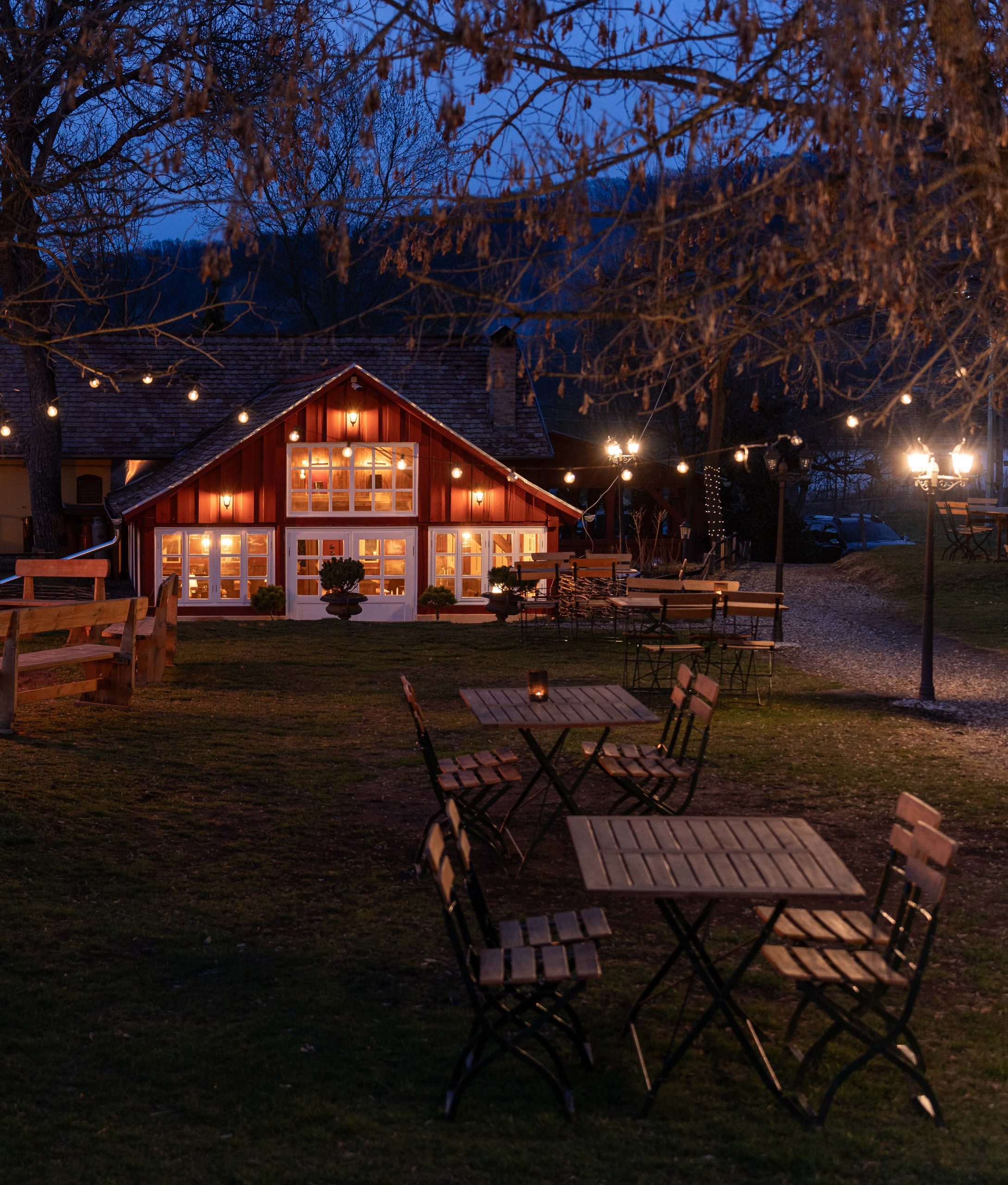
👉 Perfect for groups of four to eight people, the cozy cottages at Valea Verde Resort are equipped with a kitchen and fireplace, each with a garden and terrace, perfect as a play space for children and a place to relax for parents.
Fortified church complex
It is composed of several buildings of historical value: the Town Hall Tower, the Clock Tower, the Catholic Tower, the Bell Tower, the Weavers’ Bastion and the marriage prison – a small room with a bed, a table and a set of cutlery, used in the past to accommodate couples from the village who wanted to break up and were locked up here to settle their conflicts.
Visiting hours are as follows:
- April-May: Sunday-Saturday: 10.00-17.00; lunch break 13.00-14.00;
- June-August: Sunday-Friday: 10.00-19.00; lunch break 13.00-14.00; Saturday: 10.00-17.00, lunch break 13.00-14.00;
- September-October: Sunday-Saturday: 10.00-17.00; lunch break 13.00-14.00;
- November-April: Tuesday-Sunday: 11.00-15.00.
The price of a ticket is 15 lei.
Craft workshops
In the Biertan area, you can take part in pottery, weaving and other traditional crafts workshops that allow visitors to learn ancient techniques handed down from generation to generation. Children in particular can benefit from these workshops, learning about local traditions and developing their manual skills.
Hiking and exploring nature
For nature and hiking enthusiasts, Biertan and its surroundings offer a network of scenic and varied trails, ideal for both hiking and cycling. The hiking and cycling routes in the area are perfect for exploring the local flora and fauna, while the mountain landscapes and lowland meadows are a great place for photographic snapshots.
Activities on local farms
Visits to farms around Biertan are an educational and enjoyable experience for the whole family. These farms offer excellent opportunities to learn about farm life, animal care and organic farming. Children can see how different animals are raised, how plants are grown and how food is produced in a sustainable way.
Cultural events and festivals
For those interested in local culture, Biertan and the surrounding areas organize various cultural events and festivals throughout the year. One notable example is the Medieval Festival in Sighișoara, just a few kilometers away. It brings the medieval atmosphere to life with historical re-enactments, traditional music and period costumes.
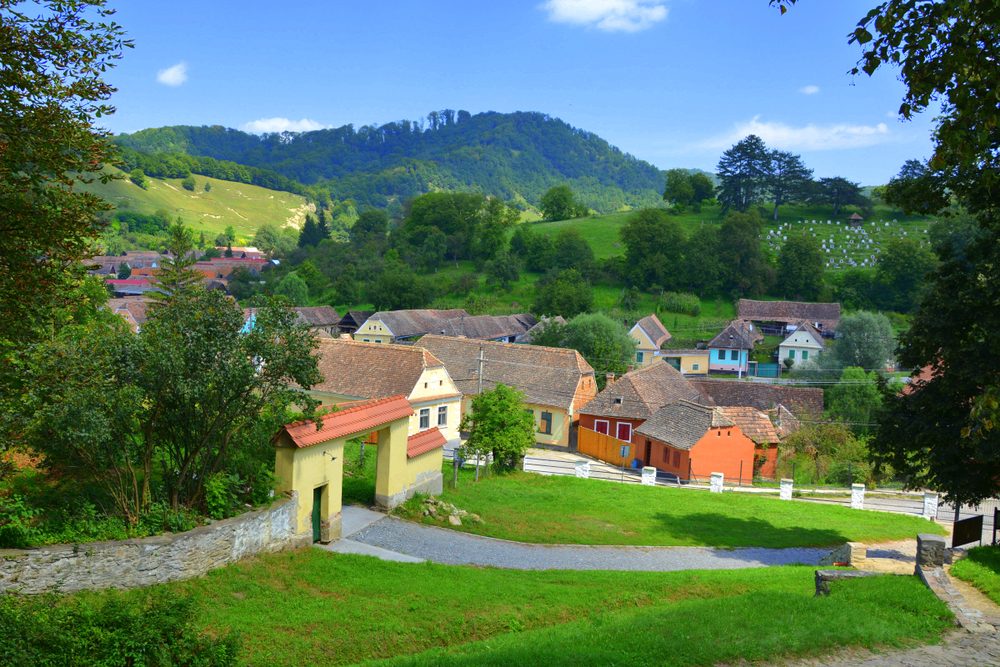
👉 In addition to the Medieval Festival in Sighisoara, you can visit, accompanied by the guides of the Valea Verde Retreat, the places in Transylvania that keep intact the Saxon heritage: the Saxon village of Malâncrav, the charming Apafi manor or the Breite plateau, home to over 600 ancient oak trees.
Wine tastings
The region around Biertan is known for its wines, and a visit to the local wine cellars can add a pleasant and relaxing touch to your trip. The wineries in the area offer wine tastings that allow visitors to explore the diversity and quality of local wines, while learning traditional winemaking methods and experiencing the unique flavors of Transylvanian wines.
Biertan is not just a tourist destination, but a true lesson in history and culture, an invitation to reflection and discovery. If you are looking for an experience that offers you not only outstanding landscapes, but also a deep immersion in the traditions and history of the region, Biertan is waiting for you with open arms. It remains a place that inspires, educates and delights, offering unforgettable memories to visitors of all ages.
Photo Sources: Shutterstock, Shutterstock, Valea Verde Retreat, Shutterstock, Valea Verde Retreat, Valea Verde Retreat, Shutterstock

